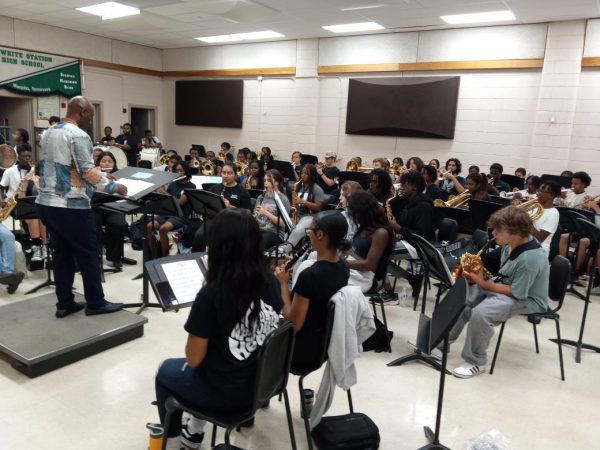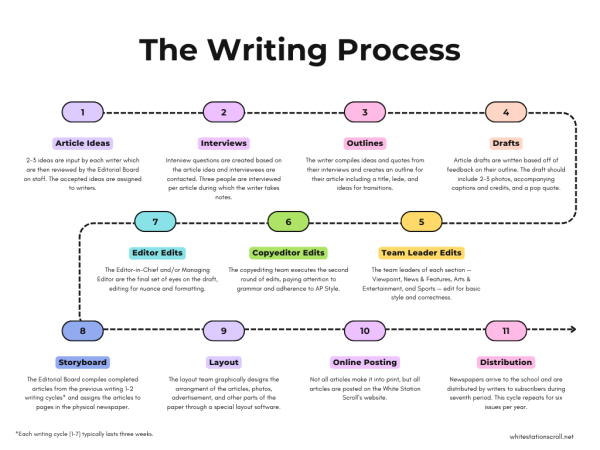How Black Friday has changed over the years
Big crowds. Big savings. Big Friday? The conspiracies behind the origin of a popular holiday tradition range from accounting records to financial crisis to police misfortunes. But what exactly is the true story behind Black Friday?
The most common misconception about Black Friday’s beginning is based on the real accounting practices of retailers: red is for loss and black is for profit. Although large amounts of profit are recorded annually on this day, the term actually began as the Philadelphia police force’s nickname for the day after Thanksgiving. Swarms of people would stand outside the stadium holding the annual Army-Navy football game; crowds of shoppers would flock to stores selling holiday gifts.
A nickname created to highlight the chaos police had to deal with caught on with the rest of the country. After unsuccessfully attempting to rename the day “Big Friday,” retailers decided to revamp the name and put a positive spin on it; thus, giving us the most common misconception about reaching the “black.”
Black Friday today, however, looks very different from how it did decades ago. With the rise of online shopping, many shoppers contributed to 2017’s Black Friday record of $5 billion from inside their homes. As of 2017, seven million more people shopped exclusively online than in stores, and that number is predicted to only rise each year. A website created specifically for Black Friday features eight shopping categories and popular ad scans for stores such as Target and Best Buy.
Whether you find yourself strolling around stores for deals or scrolling around the Internet for sales, take time to consider how Black Friday came to be.
Your donation will support the student journalists of White Station High School. Your contribution will allow us to purchase equipment and cover our annual website hosting costs.






































